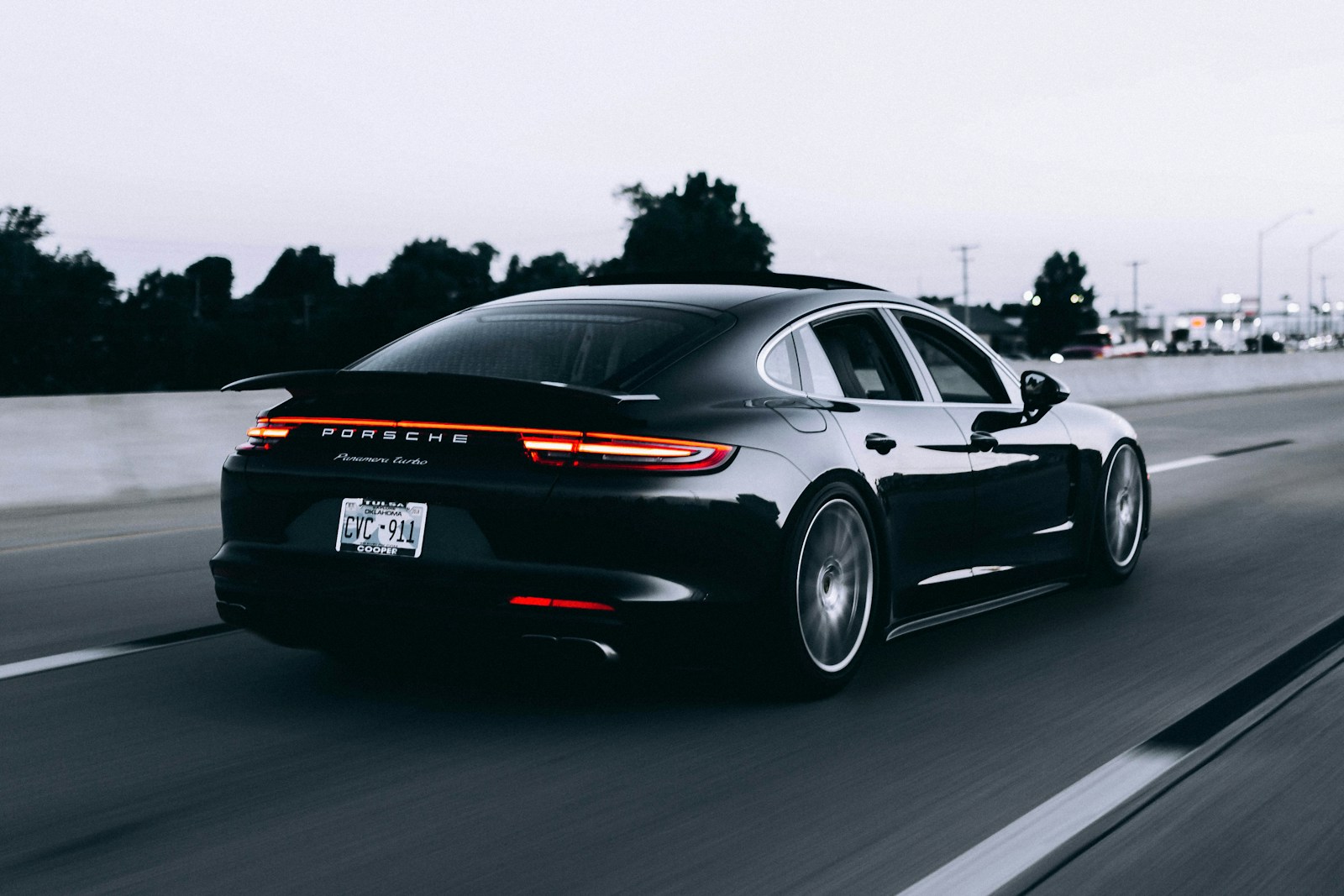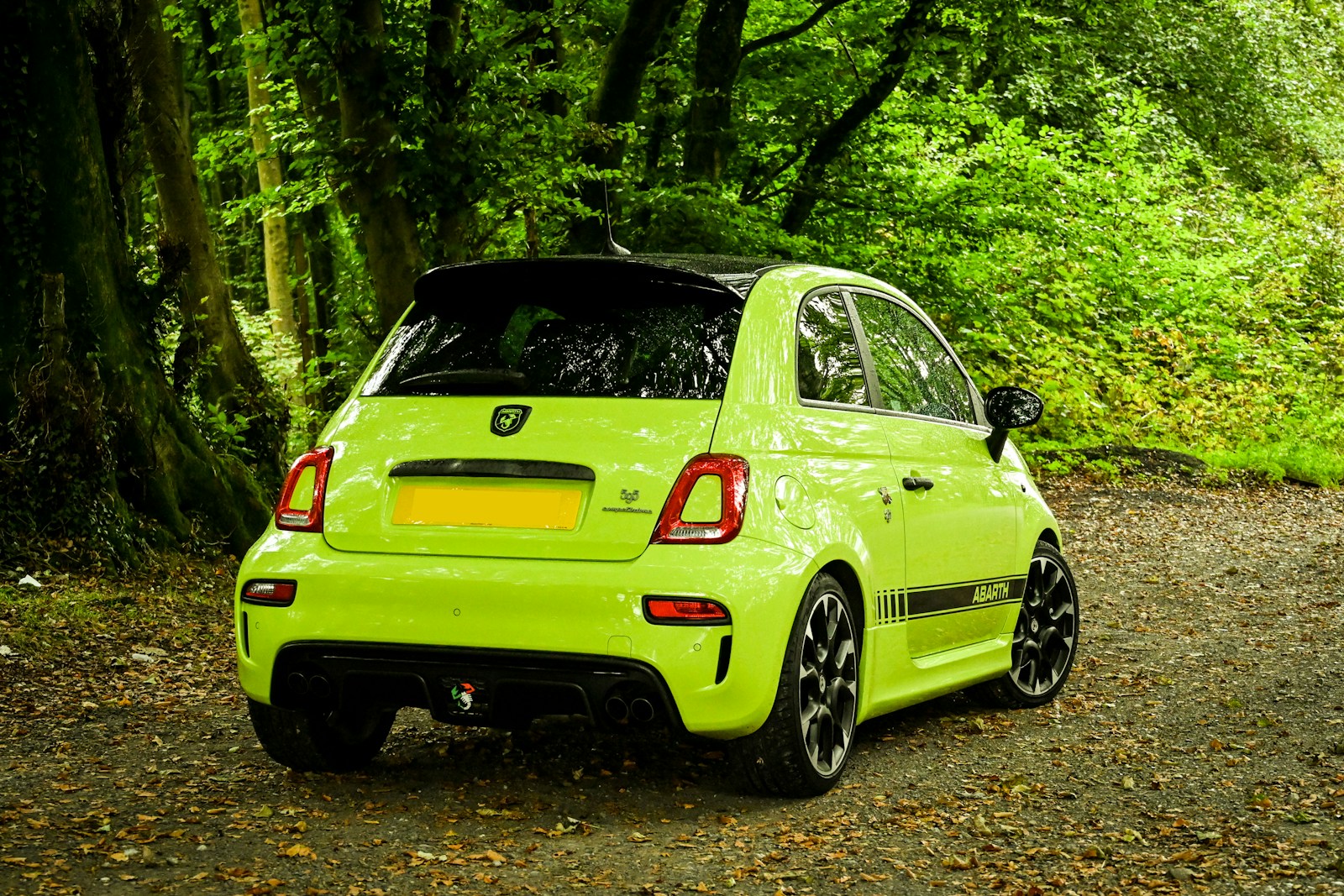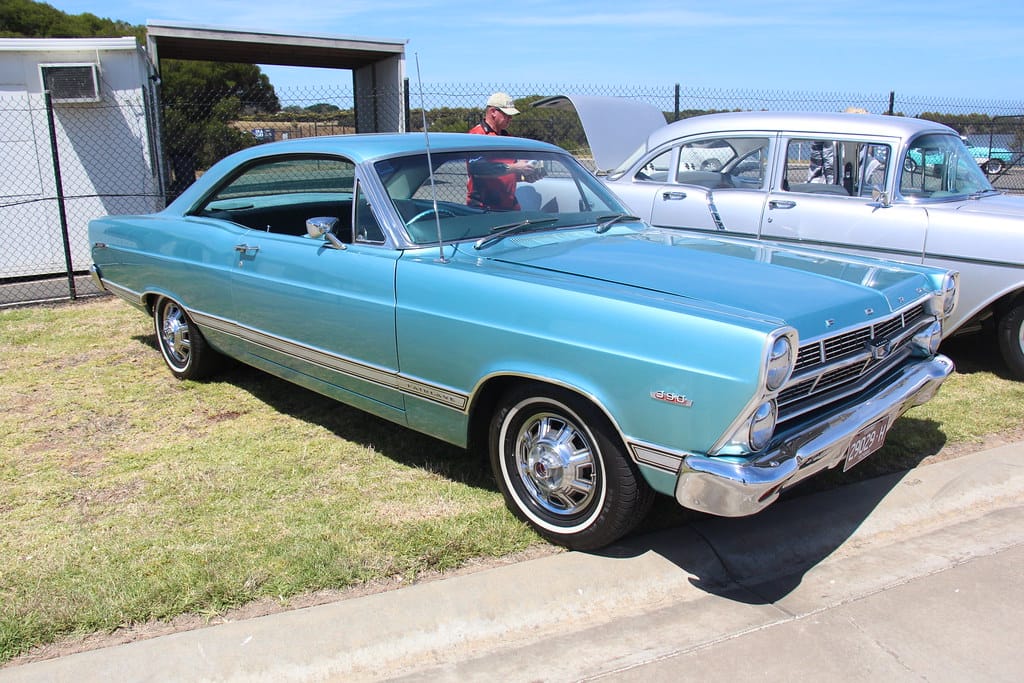The global automotive industry finds itself at a pivotal juncture, grappling with unprecedented pressures from rising costs, stringent emissions regulations, and a monumental, expensive transition toward electric vehicles. In this tumultuous landscape, Stellantis, the multinational automotive giant formed from the 2021 merger of Fiat Chrysler Automobiles (FCA) and PSA Group, is embarking on a comprehensive and potentially transformative review of its extensive 8-brand portfolio. This strategic evaluation, anticipated to culminate in significant decisions by 2026, has put investors and auto enthusiasts on high alert, as the company signals a willingness to consider restructuring, selling, or even discontinuing certain iconic marques. Former CEO Carlos Tavares, whose contract was not extended beyond early 2026, indicated in October 2024 that Stellantis would evaluate all 8 brands “about two-thirds of the way through the Dare Forward 2030 plan,” with decisions expected in “two to three years,” placing the ultimate responsibility on his successor.
This impending review is not merely a routine corporate exercise; it is a direct response to a confluence of financial and competitive challenges that have eroded the company’s profitability. Stellantis reported a sharp 48% plunge in net profit for the first half of 2024, with net revenue down 14% and adjusted earnings per share tumbling 35%. U.S. sales alone fell 21% during the second quarter of 2024, despite a modest overall industry gain. The company’s commitment of over €30 billion ($33 billion) to electrification and software development by 2025 further intensifies the need for fiscal discipline, as expensive EV production costs make it challenging to justify investment in underperforming brands. The growing threat from Chinese automakers, projected to capture 10% of the European market by 2030, alongside significantly higher European electricity and gas prices compared to the U.S., collectively amplify the pressures on Stellantis’s diverse operations.
The genesis of Stellantis brought together a sprawling collection of brands, including Peugeot, Opel, Citroën, Fiat, Chrysler, Dodge, Jeep, Ram, Alfa Romeo, Lancia, DS Automobiles, Maserati, Vauxhall, and Abarth. While this breadth theoretically offers wide market coverage, it has also led to significant internal competition and a lack of differentiation across segments. Brands like Opel and Peugeot frequently target similar European segments, while Fiat and Citroën compete in the small city car market. Critically, the three premium brands—DS, Lancia, and Alfa Romeo—collectively command less than 2% of the combined market share. The maintenance of separate dealer networks, marketing budgets, and development teams for these often-overlapping brands has strained resources, weakening overall profitability. Analysts contend that streamlining the portfolio is essential to free up capital for investment in high-potential brands, particularly those poised for success in the rapidly evolving electric vehicle landscape. Consequently, around 600,000 units annually, representing approximately 11% of Stellantis’ global volume, are now generated by vulnerable brands, creating a clear mandate for the upcoming 2026 review.

1. **DS Automobiles: The Struggle for Luxury Footing and Sales Momentum**DS Automobiles, the French luxury brand spun off from Citroën in 2015, finds itself at a critical juncture within the Stellantis portfolio. Despite its ambition to establish a profitable footing in the competitive European luxury market, the brand has struggled to gain significant traction. Its global sales in 2024 amounted to a mere 42,000 units, marking a substantial 24% decline from the previous year. This underperformance has continued into early 2025, with registrations falling by an additional 30.3%.
Analysts highlight DS Automobiles as a brand of “questionable value” given its minimal sales volume and the high costs associated with product development, especially in the premium segment. The brand’s modest market presence means it struggles to achieve the economies of scale necessary to justify the substantial investments required for electric vehicle models and advanced software development. Stellantis’s internal review will meticulously evaluate whether DS can transition successfully into the electrified era and secure sustainable profitability.
The brand’s heritage as a French luxury innovator is notable, yet without a stronger sales momentum and clear path to market expansion, its long-term viability under the Stellantis umbrella is uncertain. While Stellantis had previously considered expanding DS’s reach, potentially even bringing it to the American market, the current financial pressures and sales trajectory suggest a more challenging strategic outlook. The 2026 review will weigh these factors heavily, potentially leading to restructuring or other strategic options for DS Automobiles.

2. **Lancia: Italy’s Historic Brand Grapples with Collapsing Sales and Limited Reach**Lancia, Italy’s historic automaker, represents one of the most stark examples of underperformance within the Stellantis lineup, earning a consensus among experts as highly endangered. The brand has been largely relegated to the Italian market, with a product portfolio notably smaller than even Chrysler’s. Its sales figures paint a grim picture: only 2,208 units were sold in the first two months of 2025, a staggering 73% collapse in performance.
This drastic decline underscores Lancia’s precarious position. The recent introduction of the new Ypsilon model has evidently failed to reverse the brand’s downward trend, and the future plans for forthcoming models such as the Gamma crossover and Delta remain deeply uncertain. The limited market reach and persistent weak profitability make Lancia a significant liability for Stellantis, particularly as the automotive world shifts towards electrification.
Analysts view Lancia as a high-risk entity due to its inability to generate sufficient scale advantages for future EV development and global growth. Stellantis faces difficult decisions regarding whether to commit further investment to a brand that has consistently underperformed, or if alternative strategies such as a sale or extensive restructuring are more appropriate. The brand’s longevity and limited contribution to the broader Stellantis strategy suggest that its future under the current configuration is highly tenuous, with many observers surprised that it is still in business at all.
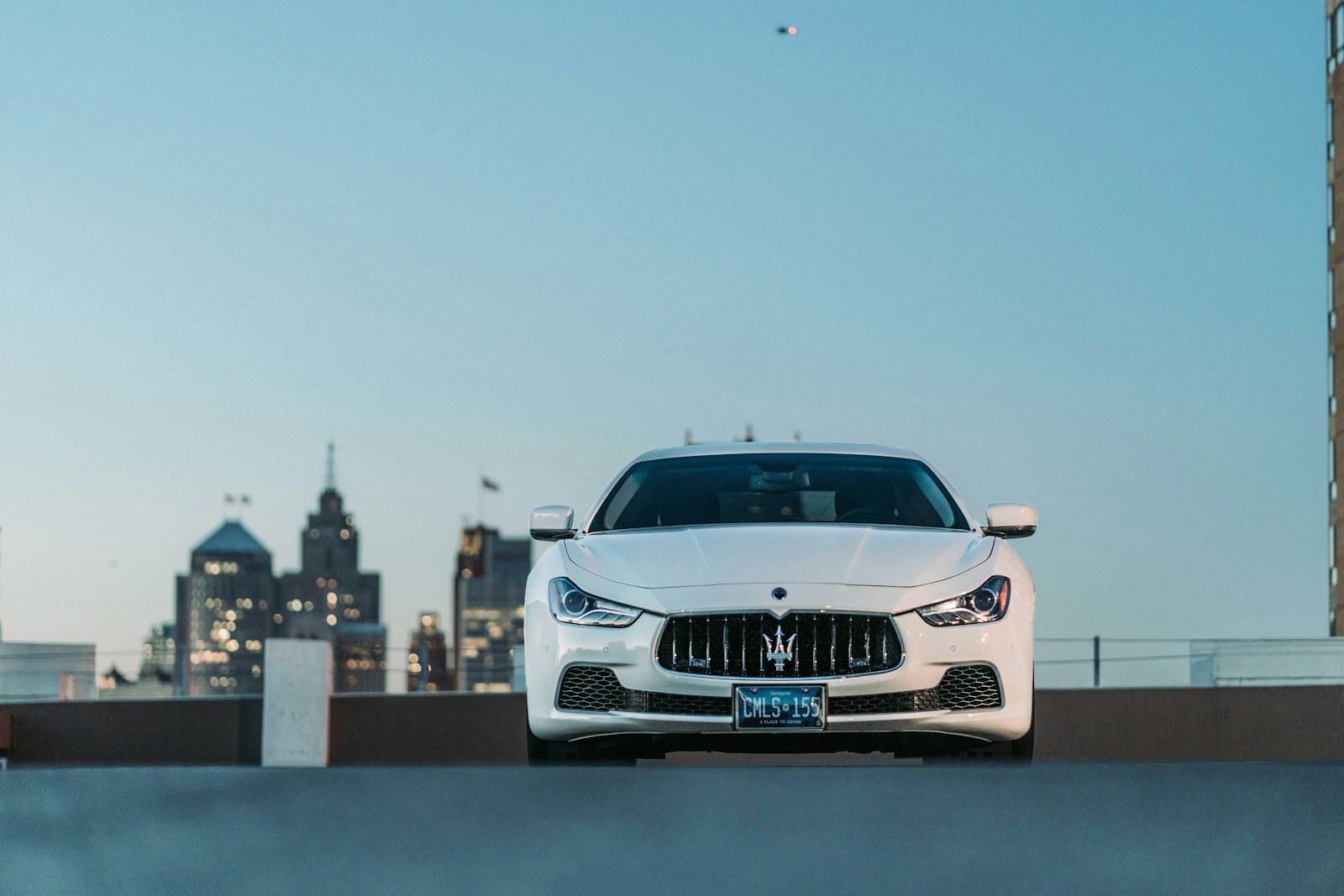
3. **Maserati: High-End Italian Luxury Faces Steep Losses and Investment Scrutiny**Among the premium Italian marques, Maserati stands out with significant financial challenges, despite its storied high-end luxury image. The brand incurred substantial losses, reaching €260 million ($286 million) in 2024. This was coupled with a sharp reduction in global sales, which plummeted from 26,600 units to just 11,300. Production figures further emphasize the severity of the situation, with the Modena factory reportedly producing only 45 cars in the first six months of 2025.
These alarming figures have prompted Stellantis to reportedly consider a range of strategic options for Maserati, including a potential sale. Former CEO Carlos Tavares attributed Maserati’s problems primarily to marketing issues rather than shortcomings in its models or technology, suggesting a disconnect between the brand’s prestige and its commercial execution. However, the persistent lack of improving profitability raises fundamental questions about the justification for continued investment.
Maserati is in the midst of a significant push into electrified vehicles, notably with the all-electric Folgore line. How these new EV models perform will be a critical factor for Stellantis leadership to consider during the review. The brand’s ability to demonstrate improved financial performance and successful integration of electrification will be paramount in determining its future within the portfolio, as Stellantis seeks to concentrate resources on more profitable or scalable EV-ready brands across its global operations.

4. **Chrysler: A Once-Major U.S. Player Reduced to Minivans and Minimal Profitability**Chrysler, once a major force in the U.S. automotive market and historically recognized as the third of “The Detroit Three,” now presents a shadow of its former self. The brand’s lineup has been drastically trimmed, consisting solely of the Pacifica and Voyager minivans for the 2025 model year, with the Voyager essentially a bare-bones trim of the Pacifica. North American sales have collapsed, recording a 20% drop in Q1 2025, leading to minimal profitability.
Industry analysts, including Sam Abuelsamid of Guidehouse Insights, have frequently identified Chrysler as the North American brand most likely to be cut. The brand’s limited product offering and declining sales volumes raise serious questions about its long-term viability, particularly regarding its capacity to support the significant investment required for electrification. Chrysler is slated to celebrate its 100th birthday in 2025, but this century of brand equity is juxtaposed against stark market realities.
Despite the historical significance and the complexity of closing a brand due to existing dealer relationships, Stellantis’s review will rigorously assess whether Chrysler can remain a viable entity. The consideration will be whether minivan demand alone can sustain the necessary investment for electrification, or if a phased-out approach is more appropriate for a brand struggling with growth and relevance in a U.S. market now dominated by SUVs and trucks. Reinvigorating Chrysler could be an alternative, but its current state highlights immense challenges.
The strategic re-evaluation within Stellantis extends beyond the initial four brands, encompassing several other marques grappling with evolving market dynamics, the imperative of electrification, and the intense scrutiny of profitability. As the company navigates this transformative period, four additional brands face critical assessments regarding their long-term viability and their role in a leaner, more competitive global automotive future. Each must demonstrate a compelling case for continued investment amidst the overarching pressures of the industry.
Car Model Information: 2021 Chrysler Pacifica Touring-L
Categories: All set index articles, Articles with short description, Chrysler vehicles, Set index articles on cars, Short description is different from Wikidata
Summary: Chrysler Pacifica is a nameplate used by Chrysler for a variety of vehicles.
The name was first used on a luxury minivan concept vehicle in 1999, and later a crossover concept in 2002.
From 2004 to 2008, it was used on a mid-size crossover, and since the 2017 model year, it has been used as the Town & Country minivan’s replacement.
Vehicles using the nameplate are:
Chrysler Pacifica concept (1999), concept minivan
Chrysler Pacifica concept (2002), concept crossover
Chrysler Pacifica (crossover) (2004–2008), production version of the 2002 concept
Chrysler Pacifica (minivan) (2017–present), Chrysler Town & Country replacement
Get more information about: Chrysler Pacifica
Buying a high-performing used car >>>
Brand: Chrysler Model: Pacifica
Price: $28,550 Mileage: 32,188 mi.

5. **Dodge: Muscle Car Legacy Meets Declining Sales and the EV Era’s Demands**Dodge, a brand synonymous with American muscle and high-performance vehicles, is confronting significant headwinds in a market increasingly prioritizing electrification and sport utility vehicles. The brand experienced a sharp decline in sales during the first half of 2025, with figures plummeting by nearly 50% to just 47,481 vehicles, a stark contrast to the 92,735 units sold in 2024. This downturn suggests a struggle to adapt its brand identity to contemporary consumer preferences and regulatory shifts.
Further complicating Dodge’s position is the performance of its new Charger Daytona EV, which recorded only 4,299 units sold. While the introduction of an all-electric model is a strategic pivot, initial sales figures indicate challenges in convincing its traditional customer base, or new buyers, to embrace the electrified iteration of its iconic nameplate. The brand’s reliance on its muscle-car image, while historically strong, appears to be an increasing liability in a landscape dominated by the rise of SUVs and the accelerating transition to electric powertrains.
Industry analysts, including Sam Abuelsamid of Guidehouse Insights, have identified Dodge as the second most vulnerable North American brand within the Stellantis portfolio. The brand has taken considerable risks, notably halting production of its revered Charger and Challenger muscle cars last year. While the Charger name has been revived for an all-electric form, Stellantis made a late decision to introduce a new gas-powered version as well, underscoring the uncertainty surrounding the market’s reception to pure EVs in this segment.
The 2026 review will critically assess whether Dodge can achieve sustainable profitability and justify continued investment in electric vehicle development and advanced software. This evaluation will balance the brand’s historically loyal following against its declining sales, often thin margins, and the escalating pressures of global competitiveness. The performance of its reinvented Charger models—both electric and internal combustion—will be a pivotal factor in determining Dodge’s future fate within the Stellantis lineup.
6. **Abarth: Niche Performance Brand Seeks Justification for Electrification Investment**Abarth, known for its performance-oriented modifications of Fiat vehicles, occupies a highly specialized niche within the Stellantis ecosystem. The brand primarily focuses on electric hot hatches, exemplified by models like the 500e. Despite its enthusiast appeal and distinct sporty heritage, Abarth’s market presence remains limited, and specific sales figures are not publicly reported, making its broader commercial impact difficult to ascertain.
The forthcoming strategic review will meticulously examine whether continued investment in Abarth can deliver sufficient returns, especially given the substantial capital expenditure required for electrification. Developing electric vehicle platforms and associated software is an expensive undertaking, and niche brands with limited global scalability face heightened scrutiny regarding their economic justification. Abarth’s challenge lies in proving its value proposition in a highly competitive and capital-intensive industry.
Scaling globally presents a significant hurdle for Abarth. While its distinctive performance identity resonates with a dedicated segment of buyers, expanding its reach beyond a limited, specialized market is inherently difficult. The brand’s survival will likely hinge on its ability to demonstrate robust profitability within its specialized segment and a clear alignment with Stellantis’ broader, EV-focused strategic objectives over the coming years.
Maintaining a niche brand like Abarth requires a delicate balance between preserving its unique identity and integrating it effectively into a corporate strategy that prioritizes efficiency and large-scale electrification. The review will determine if Abarth can carve out a financially viable space that contributes meaningfully to Stellantis’ overall portfolio without disproportionately consuming resources better allocated to higher-volume or more globally scalable brands.
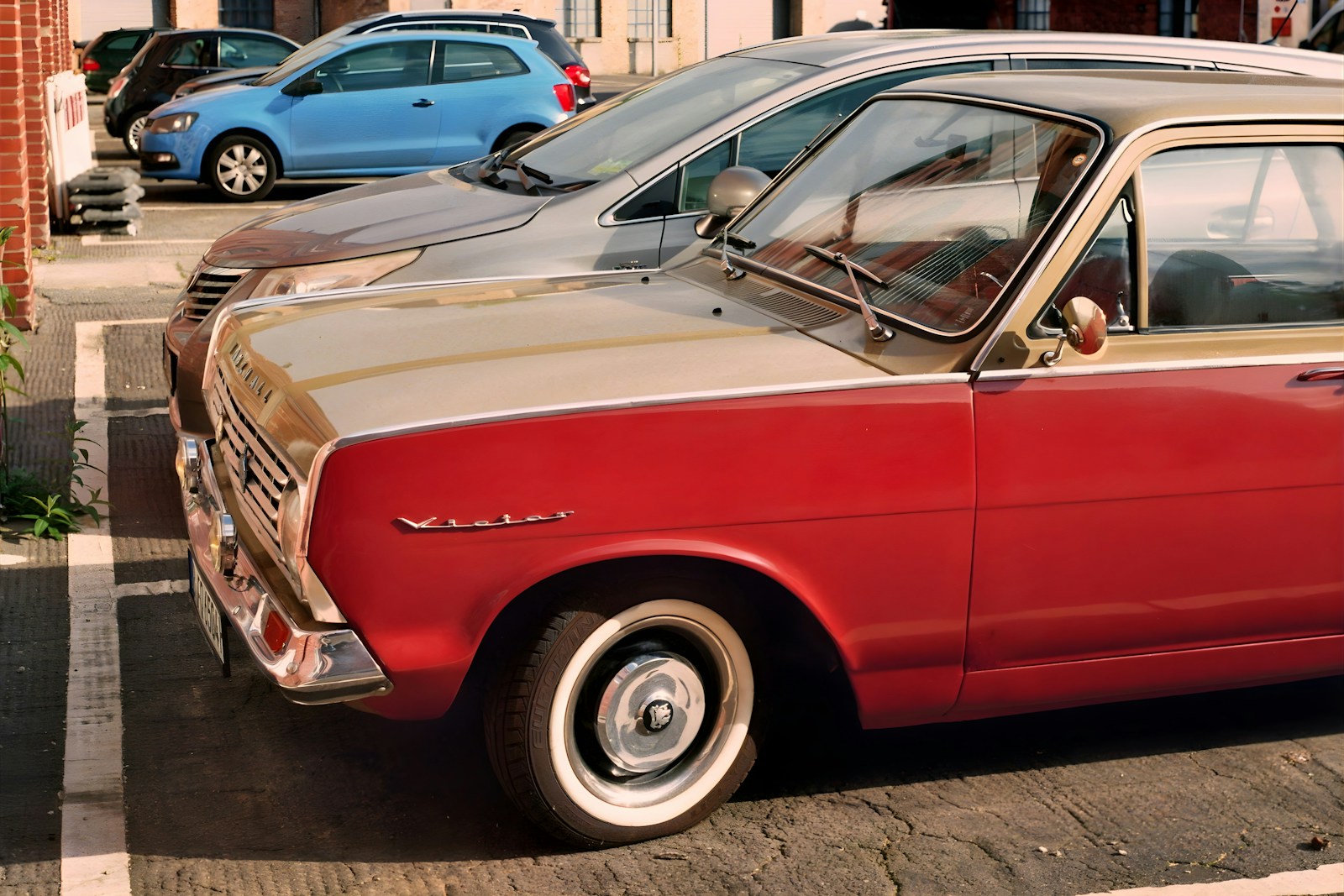
7. **Vauxhall: The UK’s Opel Counterpart Faces Post-Brexit Challenges and Consolidation Pressure**Vauxhall, a historic British marque, operates primarily as the United Kingdom’s counterpart to Opel, selling largely identical vehicles under different branding. This dual-brand strategy, while maintaining a presence in the UK market, has led to a situation where the brand faces heightened vulnerability, particularly amidst post-Brexit complications and declining sales trends in its primary market. The redundancy in product offerings with Opel presents a clear area for potential consolidation.
Analysts within the industry have suggested that Stellantis may consider consolidating Vauxhall’s operations with Opel or significantly adjusting investment levels. The rationale for maintaining separate dealer networks, marketing budgets, and development teams for essentially the same vehicles is increasingly being questioned under the current pressures for efficiency and profitability. This duplication of resources strains the corporate budget without necessarily yielding commensurate market advantages.
The 2026 review will critically evaluate whether the continued maintenance of separate networks and marketing efforts for Vauxhall remains strategically justified. Despite its historical significance and long-standing presence in the UK automotive landscape, global strategy and efficiency pressures may compel Stellantis to reallocate resources towards brands with more substantial growth potential or broader international market appeal. The concept of renaming Vauxhall simply as Opel to achieve cost savings has also been put forward by some observers, highlighting the perceived weak value of the separate Vauxhall identity.
Ultimately, Vauxhall’s future will be determined by its capacity to demonstrate distinct value beyond its historical branding. In an era where every brand within a multi-marque portfolio must justify its existence through profitability and strategic alignment, the question for Vauxhall is whether its unique position in the UK market warrants the continued expenditure of maintaining a separate identity from its Opel twin, or if consolidation presents a more sustainable path.

8. **Alfa Romeo: Mixed Performance and the Quest for Sustainable Luxury in a Competitive Market**Alfa Romeo, another premium Italian brand within the Stellantis stable, presents a nuanced case, demonstrating mixed performance even as it strives for sustainable luxury positioning. The brand has shown some pockets of growth, notably with the success of its Junior SUV, which has garnered over 45,000 orders. This indicates potential for new models to stimulate demand, yet its overall market performance remains inconsistent and its luxury positioning faces tight competition across Europe and globally.
The brand has been a focal point for significant investment over the years, with former FCA CEO Sergio Marchionne envisioning it as a sporty, upscale rival to marques like BMW. However, these substantial investments have yielded comparatively little in the way of sustained market share or robust sales volumes. While U.S. demand saw a 9% increase in the second quarter of this year, total sales for 2023 were a mere 1,831 vehicles, a significant drop from a 2018 peak of 11,519 units. This indicates that while growth may occur, it is often from a very low base.
Alfa Romeo is actively preparing a comprehensive electrified vehicle program, a critical step for its long-term viability. The brand’s ability to successfully integrate electrification, meet evolving regulatory standards, and gain traction in the competitive luxury EV segment will be a key determinant of its future. The 2026 review will meticulously assess whether Alfa Romeo can sustain profitability and continue to justify the necessary investments in this expensive technological transition.
While Alfa Romeo’s rich history and dedicated enthusiast following add considerable emotional weight to its brand equity, practical business considerations will ultimately dictate its future. Market share, sales volume, and readiness for the electric vehicle transition are paramount. Analysts suggest that while Alfa Romeo may not be the immediate candidate for divestment, its performance in the coming years, particularly with its EV offerings, will be decisive in determining its place within Stellantis’s evolving, streamlined portfolio. The option of Alfa Romeo exiting the North American continent, for instance, remains a consideration if global profitability targets are not met.
**Broader Implications: Impact on Owners, Regional Dynamics, and the Winners within Stellantis**
The strategic review undertaken by Stellantis carries significant broader implications, extending beyond the fate of individual marques to affect various stakeholders, market dynamics, and the overall trajectory of the multinational automotive group. Understanding these ramifications is crucial for grasping the full scope of Stellantis’s transformative journey.
**Commitment to Owners: Warranty, Service, and Parts Availability Amid Uncertainty**
For current vehicle owners, the speculation surrounding brand restructuring naturally raises questions about continued support. Stellantis has explicitly committed to maintaining warranty coverage for existing vehicles and honoring service agreements through their contracted periods. This assurance is intended to mitigate owner concerns regarding immediate post-purchase support and vehicle longevity.
Parts availability and ongoing dealer support are also slated to continue, although the long-term nature of these services will ultimately depend on the outcomes of the 2026 review and any subsequent restructuring decisions. While the company emphasizes that current ownership rights remain intact, owners of potentially struggling brands may observe slower inventory replenishment or adjustments in service offerings over time, reflecting the company’s strategic reallocation of resources.
**The American vs. European Angle: Differentiated Market Pressures and Strategic Focus**
The impacts of Stellantis’s brand decisions are expected to manifest differently across geographical regions, influenced by distinct market pressures and regulatory environments. European brands, such as Lancia, DS, and Alfa Romeo, are operating under stricter electric vehicle mandates, facing higher energy costs, and intense local competition. These factors accelerate the urgency for these brands to prove their EV readiness and profitability.
Conversely, U.S. brands like Chrysler and Dodge are grappling with a significant decline in demand for traditional minivans and sedans, alongside a challenging transition to electrification in a market still heavily skewed towards SUVs and trucks. Stellantis’s forthcoming decisions will reflect a dual strategy, balancing market potential with profitability in each specific region. This may lead to production adjustments in Europe and a concentrated investment focus in North America on high-demand, EV-ready vehicles, particularly from brands like Jeep and Ram.
**The Resilient Core: Prioritized Brands Driving Stellantis’s Future Growth**
Amidst the rigorous evaluation of vulnerable brands, a core group of marques has been identified and prioritized for sustained investment and strategic growth. Brands such as Jeep, Ram, Peugeot, Citroën, Opel, and Fiat are considered the resilient foundation of Stellantis’s future portfolio. These brands demonstrate profitability, scalability, and readiness for the electric vehicle era.
Jeep, for instance, alone accounts for a substantial 15% of Stellantis’s global volume, underscoring its pivotal role. Ram consistently generates robust North American margins, while Peugeot maintains a dominant position in the European mass market. By channeling its €30 billion ($33 billion) electrification investment primarily into these core operations, Stellantis aims to maximize returns and ensure a stable, profitable future, even as it makes difficult choices about its weaker performers.
**The Overarching EV Push: Electrification as the Catalyst for Portfolio Decisions**
The overarching impetus behind Stellantis’s strategic review is the monumental and expensive transition to electric vehicles. The company has allocated over €30 billion ($33 billion) through 2025 specifically for battery and software development, reflecting the profound commitment to this shift. This investment is not merely an option but a necessity, driven by regulatory landscapes such as Europe’s expectation of full EV adoption by 2030 and the U.S. target of 50% electric passenger cars.
Brands that demonstrate an inability to absorb these substantial electrification costs or scale their EV production effectively are consequently placed under the most intense scrutiny, potentially facing restructuring or even discontinuation. Stellantis’s strategy is clear: concentrate investment on those brands that can realistically succeed globally while simultaneously meeting the increasingly stringent EU and U.S. regulations. The 2026 review, therefore, represents a critical juncture where legacy brand value must be weighed against the stark financial realities and technological demands of the electric vehicle transformation.
**Beyond 2026: Shaping a Leaner, More Competitive Global Automotive Future**
By 2026, Stellantis aims to emerge as a streamlined, more efficient, and intensely focused automotive entity, better positioned to navigate the complexities of the global market. The objective is to improve margins, enhance profitability, and concentrate resources squarely on brands that are not only profitable but also demonstrably ready for the electric vehicle future. The potential restructuring, sale, or even discontinuation of some historically iconic names is an anticipated outcome of this ambitious strategic realignment.
While eight brands have been identified by industry analysts as particularly vulnerable, it is important to note that Stellantis has not yet made any official announcements regarding brand eliminations. The automotive world is in a constant state of flux, demanding continuous adaptation for survival and prosperity. For the brands under review, the metaphorical engine could indeed be turned off. Yet, for Stellantis as a whole, the road ahead is clearly defined: it is electric, strategic, and firmly focused on cultivating a leaner, globally competitive portfolio capable of thriving in the next era of mobility.
Car Model Information: 2019 Mazda CX-5 Grand Touring Reserve
Name: Alfa Romeo 105/115 series coupés
Caption: Alfa Romeo GT 1300 Junior, early model
Manufacturer: Alfa Romeo
Production: 1963–1977
Assembly: Arese,Milan
Designer: Giorgetto Giugiaro
Class: Sports car
BodyStyle: 2+2 (car body style),coupé
Layout: Front-engine, rear-wheel-drive layout
Related: Alfa Romeo Giulia,Alfa Romeo Spider,Alfa Romeo 1750 Berlina
Engine: Alfa Romeo Twin Cam engine
Transmission: Manual transmission
Predecessor: Alfa Romeo Giulietta (750/101)
Successor: Alfa Romeo Alfetta#GT, GTV and GTV6
Sp: uk
Categories: 1970s cars, Alfa Romeo vehicles, All articles with unsourced statements, Articles with short description, Articles with unsourced statements from February 2024
Summary: The Alfa Romeo 105 and 115 series coupés are a range of cars made by the Italian manufacturer Alfa Romeo from 1963 until 1977, based on a shortened floorpan from the Giulia saloon. They were the successors to the Giulietta Sprint coupé.
Get more information about: Alfa Romeo 105/115 Series Coupés
Buying a high-performing used car >>>
Brand: Alfa Romeo Model: Junior
Price: $20,961 Mileage: 52,000 mi.
The choices made in 2026 will undoubtedly reshape the automotive landscape, marking a decisive moment in Stellantis’s evolution and underscoring the relentless pressures confronting even the largest players in an industry undergoing profound, irreversible change. It is a testament to the imperative of agility and foresight in securing future success.


